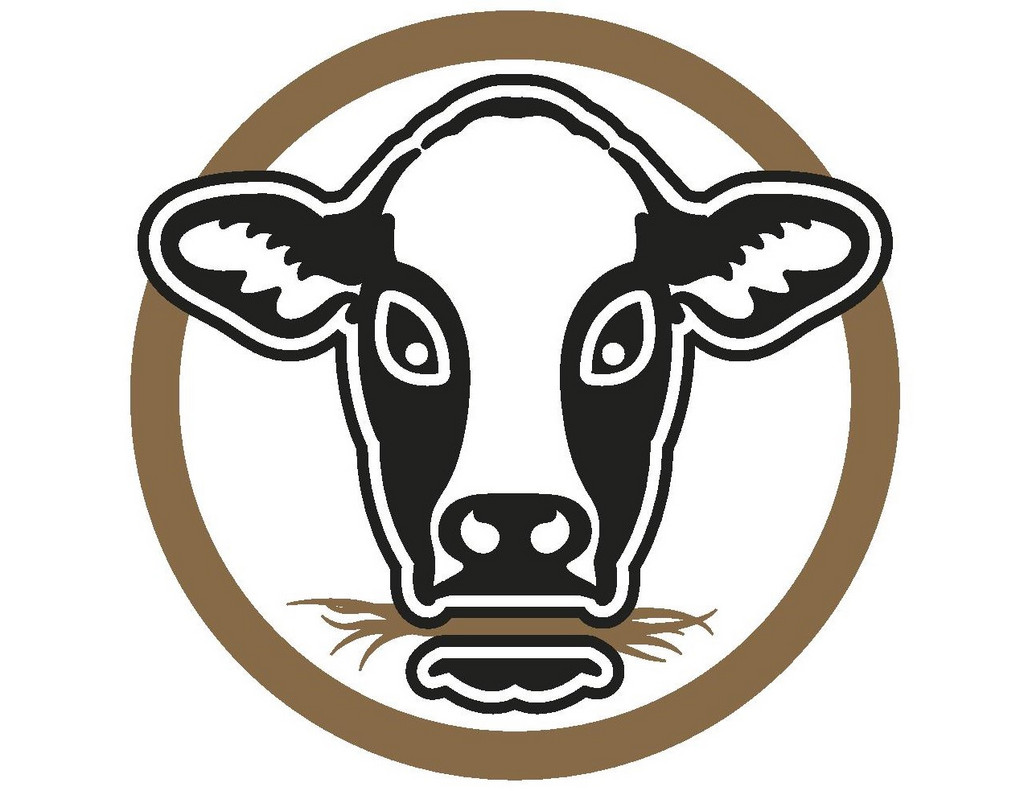It is also important that we use regenerative farming methods at Persimmon Ridge to produce grass-fed, grass-finished beef. Regenerative farming improves the environment which naturally sustains agricultural productivity. Moving the cows throughout the pasture strategically using intensive rotational grazing methods is a key part of regenerative farming as we move the cows multiple times each day. This keeps the grass from getting eaten down to the point that it stunts the growth of the grass.
The cows get all the nutrition they need from a fresh pasture in a manner that they eat it down uniformly. It helps to cut down weeds as they trample them. When the cows trample the weeds (instead of spraying them and killing them) it leaves the nourishment for the soil, which is great for the short and long-term health of the pasture. It benefits the farmers because it keeps them from having to be on the tractors as much since this keeps the pastures healthier deeper into the fall and winter instead of requiring hay. And it allows the cows to be finished on grass instead of with grain troughs that provides our customers a healthier option of beef!
On the contrary, industrial farming treats land like a petri dish where chemicals neutralize the natural health of the soil and chemically manufactured fertilizers come behind to prop the grass and forage back up to feed the cows. Regenerative farming provides natural food sources from the growth of the forage all the way to being delivered to our customers.
Market Channels
Schedule and Location:
1) 681 Towne Center Blvd Suite C Ridgeland, MS 39157
2) 10081 Road 1113 Philadelphia, MS 39350
Thursday and Friday
9:00 am to 11:00 am
Schedule and Location:
Upcoming Events
Contact Information
(601) 573-6852
10081 Road 1113
Philadelphia, MS 39350

